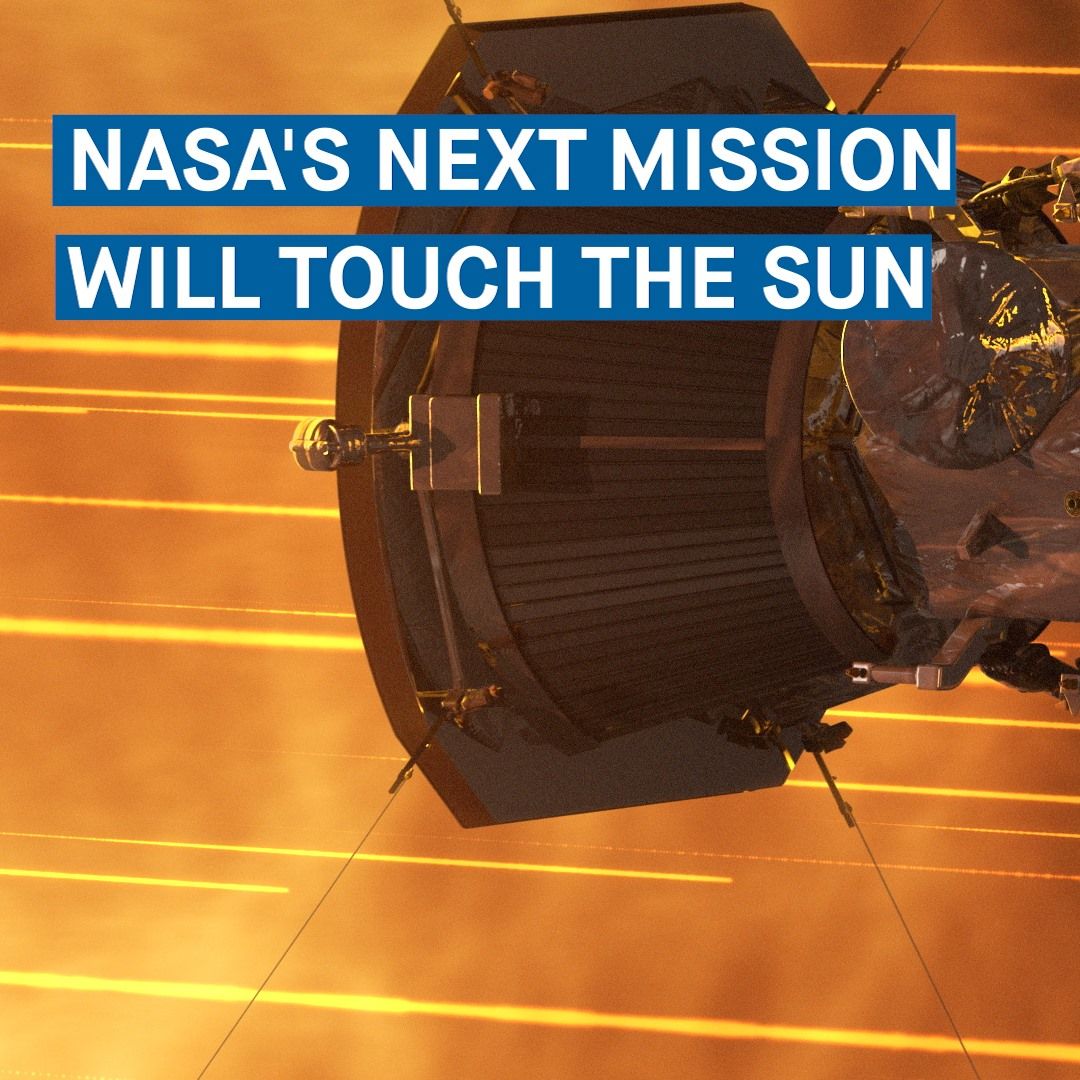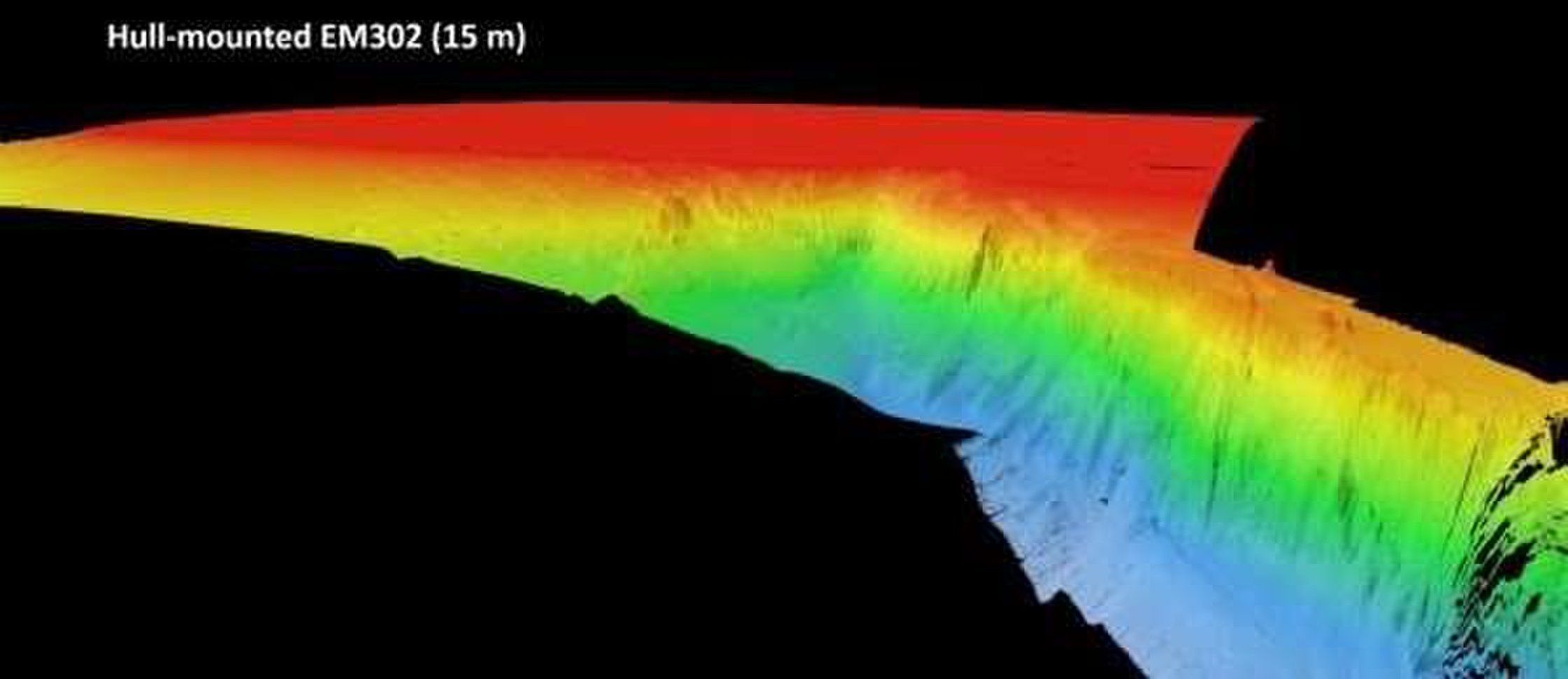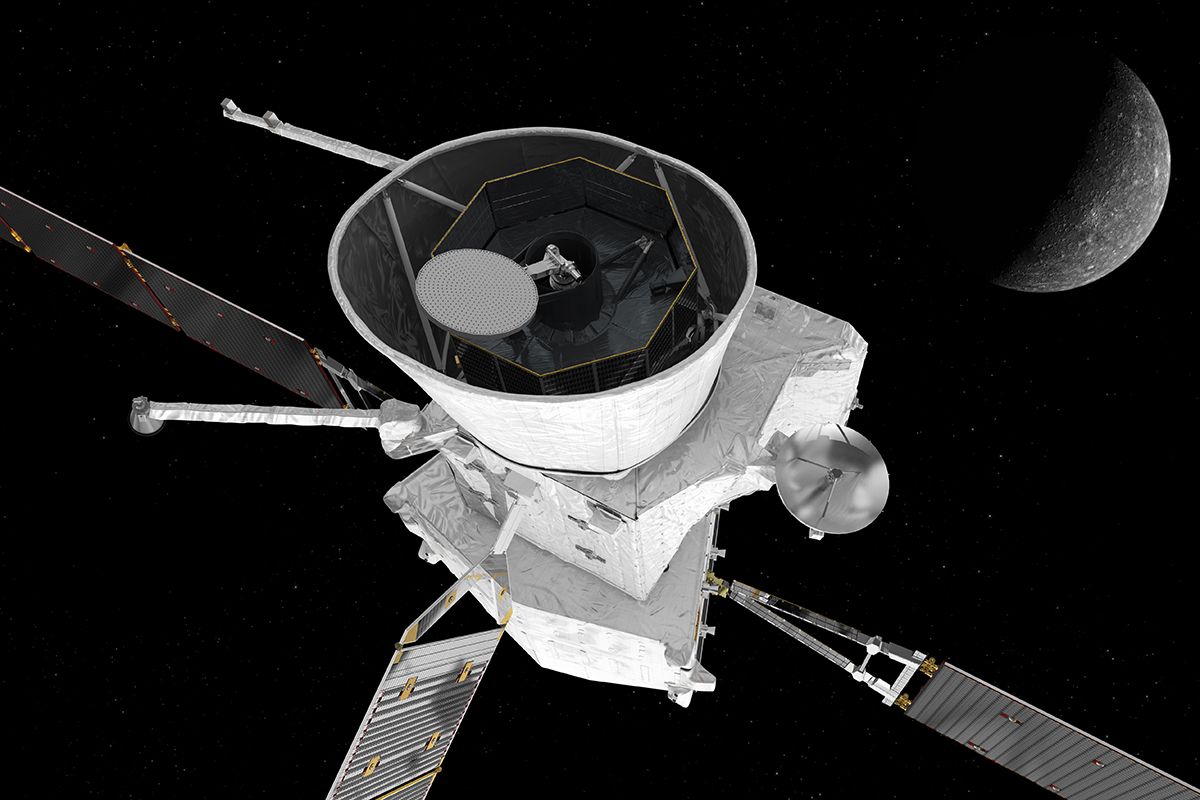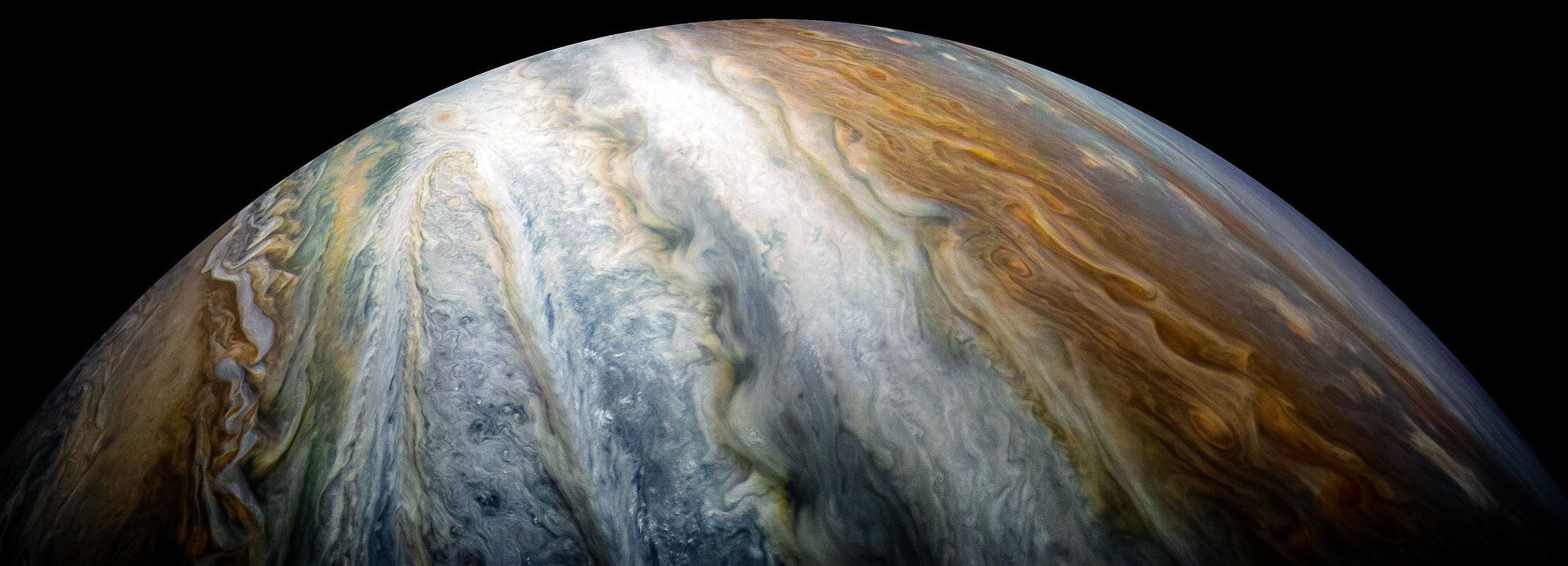Page 9522
Aug 11, 2018
The future of food: Scientists have found a fast and cheap way to edit your edibles’ DNA
Posted by Genevieve Klien in categories: biotech/medical, food, genetics
Oil without trans-fat? Wheat without gluten? Gene-editing technology can transform the food we eat. But are consumers on board?
Aug 11, 2018
Naveen Rao interview: How Intel aims to win the AI processor war
Posted by Genevieve Klien in categories: innovation, robotics/AI
The battle to create the best artificial intelligence chips is underway. Intel is approaching this challenge from its position as a maker of central processing units (CPUs) or the Xeon microprocessors that dominate the datacenter market. Rival Nvidia is attacking from its position as a maker of graphics processing units (GPUs), and both companies are working on solutions that will handle ground-up AI processing.
Nvidia’s GPUs have already grabbed a good chunk of the market for deep learning neural network solutions, such as image recognition — one of the biggest breakthroughs for AI in the past five years. But Intel has tried to position itself through acquisitions of companies such as Nervana, Mobileye, and Movidius. And when Intel bought Nervana for $350 million in 2016, it also picked up Nervana CEO Naveen Rao.
Rao has a background as both a computer architect and a neuroscientist, and he is now vice president and general manager of the Artificial Intelligence Products Group at Intel. He spoke this week at an event where Intel announced that its Xeon CPUs have generated $1 billion in revenue in 2017 for use in AI applications. Rao believes that the overall market for AI chips will reach $8 billion to $10 billion in revenue by 2022.
Continue reading “Naveen Rao interview: How Intel aims to win the AI processor war” »
Aug 11, 2018
High thermal conductivity in cubic boron arsenide crystals
Posted by Genevieve Klien in categories: computing, engineering
Thermal management becomes increasingly important as we decrease device size and increase computing power. Engineering materials with high thermal conductivity, such as boron arsenide (BAs), is hard because it is essential to avoid defects and impurities during synthesis, which would stop heat flow. Three different research groups have synthesized BAs with a thermal conductivity around 1000 watts per meter-kelvin: Kang et al., Li et al., and Tian et al. succeeded in synthesizing high-purity BAs with conductivities half that of diamond but more than double that of conventional metals (see the Perspective by Dames). The advance validates the search for high-thermal-conductivity materials and provides a new material that may be more easily integrated into semiconducting devices.
Aug 11, 2018
Crypto Unicorn Bitmain Weighs $18 Billion IPO, One of World’s Largest
Posted by Klaus Baldauf in category: cryptocurrencies
Bitmain is going public in China. The IPO might make it one of the most valuable startups, cryptocurrency or not, to ever debut on the public markets.
Aug 11, 2018
This Colorful New Seahorse Is the Size of a Grain of Rice
Posted by Genevieve Klien in category: futurism
Researchers have discovered a tiny new species of pygmy seahorse that inhabits the boulder-strewn coasts of Japan.
Aug 11, 2018
An Underwater Irish Canyon Is Sucking CO2 Out of the Atmosphere
Posted by Genevieve Klien in category: drones
A research expedition to a huge underwater canyon off the Irish coast has shed light on a hidden process that sucks the greenhouse gas carbon dioxide (CO2) out of the atmosphere.
Researchers led by a team from the University College Cork (UCC) took an underwater research drone by boat out to Porcupine Bank Canyon — a massive, cliff-walled underwater trench where Ireland’s continental shelf ends — to build a detailed map of its boundaries and interior. Along the way, the researchers reported in a statement, they noted a process at the edge of the canyon that pulls CO2 from the atmosphere and buries it deep under the sea.
All around the rim of the canyon live cold-water corals, which thrive on dead plankton raining down from the ocean surface. Those tiny, surface-dwelling plankton build their bodies out of carbon extracted from CO2 in the air. Then, when they die, the coral on the seafloor consume them and build their bodies out of the same carbon. Over time, as the coral die and the cliff faces shift and crumble, which sends the coral falling deep into the canyon. There, the carbon pretty much stays put for long periods. [In Photos: ROV Explores Deep-Sea Marianas Trench].
Aug 11, 2018
Live: sneak preview of this year’s mission to Mercury
Posted by Genevieve Klien in category: space
By New Scientist staff
It’s time to return to Mercury. The solar system’s boiling-hot innermost planet will have a visitor soon – a probe called BepiColombo, which is set to launch in October 2018. After seven years of journeying through the inner solar system, the spacecraft will enter Mercury’s orbit in 2025, and help to unravel the mysteries of this tiny, scorched planet.
Mercury is a bit of an enigma. Despite being so close to the sun and reaching temperatures of 350°C, NASA’s Messenger probe saw what looked like ice in the craters near the planet’s poles when it passed by in 2012. Messenger also found that Mercury has a tenuous atmosphere, even though it is blasted with intense radiation from the sun. And in 1974, NASA’s Mariner 10 probe detected a magnetic field on Mercury – a surprising find, as Venus, Mars, and the moon don’t have one.
Continue reading “Live: sneak preview of this year’s mission to Mercury” »
Aug 11, 2018
Scientists finally have a suitable explanation for Jupiter’s weirdly colorful bands
Posted by Genevieve Klien in category: space
Of all the planets in our Solar System, Jupiter is probably the most interesting to look at. It’s just a big ball of fast-moving gasses in all kinds of wild colors. The planet hosts storms that could swallow the entirety of Earth, and while we can see lots of neat things happening near the planet’s cloud tops it’s a lot more difficult to determine what is actually going on deeper inside the planet.
Now, thanks to some fancy calculations and jet stream models inspired by Earth’s own weather patterns, researchers have a new theory on just why Jupiter’s crazy bands seem so perfectly arranged.
In the study, which was published in The Astrophysical Journal, scientists explain that the jet streams on the planet are likely cut off by magnetized gasses deeper within the planet. The jet streams control the flow of gasses around the planet’s outer atmosphere where colorful bands of ammonia twist around the planet. These jet streams stretch many miles into the planet, but stop once they reach the magnetized gasses closer to its center.

Tomorrow, NASA aims to launch its first mission to touch the sun, on the fastest spacecraft ever built.

















